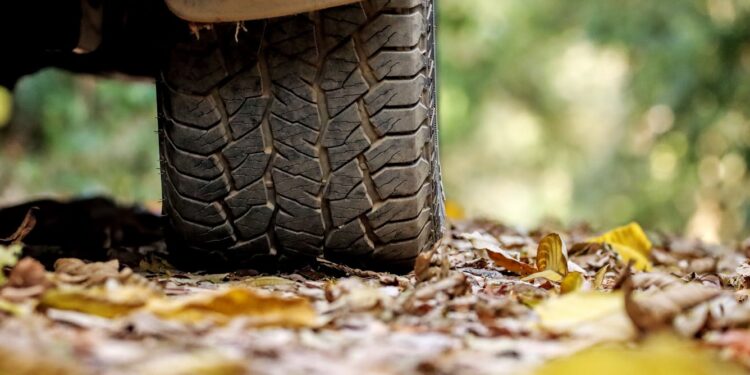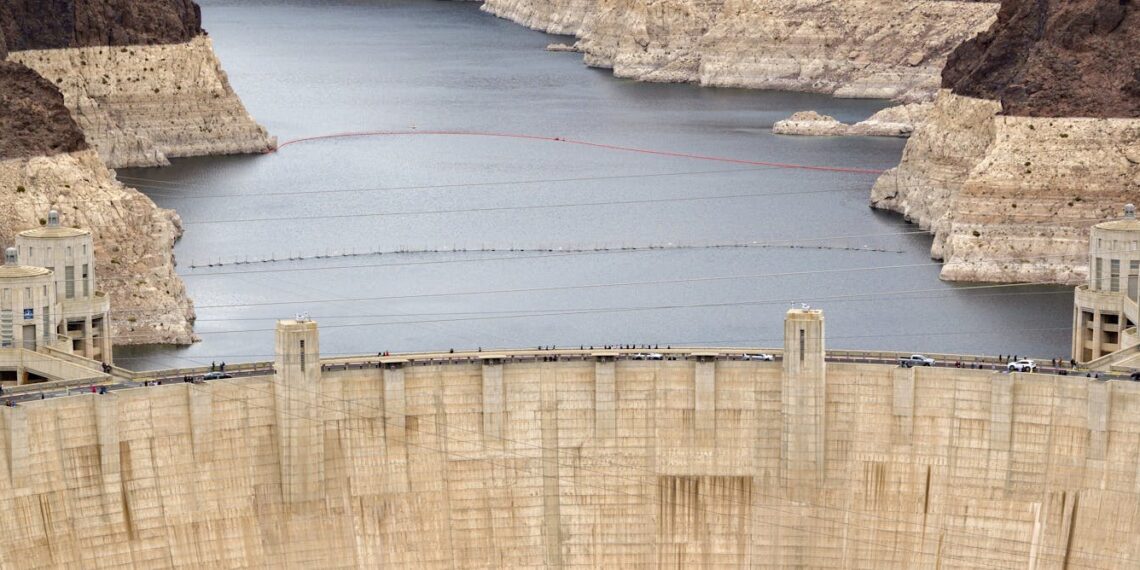Login to Continue Learning
Every few years, your car tires wear thin and need to be replaced. But where do these worn-out tire pieces go? They often end up in waterways, where tiny rubber particles from the synthetic rubber carry several chemicals that can transfer into fish, crabs, and even people who eat them.
We are analytical and environmental chemists studying ways to remove microplastics and their toxic chemicals before they reach waterways and aquatic life.
### Microplastics, Macro-Problem
Millions of metric tons of plastic waste enter the world’s oceans annually. In recent times, tire wear particles have accounted for about 45% of all microplastics in both terrestrial and aquatic systems.
As tires move over roads, they shed tiny rubber particles. Rain washes these particles into ditches, where they flow into streams, lakes, rivers, and ultimately the ocean. Along the way, fish, crabs, oysters, and other aquatic life often consume these tire wear particles in their food. With each bite, they also ingest extremely toxic chemicals that can affect both the fish themselves and any creatures that eat them.
Some fish species, like rainbow trout, brook trout, and coho salmon, are dying from toxic chemicals linked to tire wear particles. In 2020, researchers found that more than half of the coho salmon returning to streams in Washington state died before spawning largely because of 6PPD-Q, a chemical stemming from 6PPD, which is added to tires to prevent degradation.
Tires shed tiny microplastics as they move over roadways. Rain washes these particles into ditches and then into waterways. In 2023, the Interstate Technology and Regulatory Council recommended identifying and deploying alternatives to 6PPD in tires to reduce 6PPD-Q in the environment. However, tire manufacturers claim there are no suitable replacements yet.
Communities can take action by using natural materials like biochar and wood chips to capture tire wear particles before they reach waterways. A study at the University of Mississippi found that these materials could remove approximately 90% of tire wear particles from stormwater runoff. Biochar, a form of charcoal made from agricultural waste, has large surface areas and pores, which help it bind contaminants effectively. Wood chips, rich in natural organic compounds, also showed promise in removing contaminants.
To implement this, biofilters can be placed at the mouths of drainage outlets. During storms, these filters trap tire wear particles, significantly reducing their concentration in runoff. The unique features of tire wear particles make them easy to entangle in the pores of biochar and wood chips during a storm event.
This approach has significant potential for scalability to mitigate tire wear particle pollution and other contaminants from rainstorms. Biochar and wood chips can be generated from agricultural waste, making this solution relatively inexpensive and readily available to local communities. However, long-term monitoring studies are needed, especially in heavy traffic environments, to fully assess the effectiveness and scalability of the approach.
While raw farm waste that hasn’t undergone pyrolysis could potentially release organic pollutants, biochar and wood chips from agricultural waste show promise as effective and inexpensive filters. These biofilters would need periodic replacement to maintain their effectiveness. Overall, using biomass filters offers a promising solution for reducing tire wear particle pollution and protecting both the environment and human health.



















